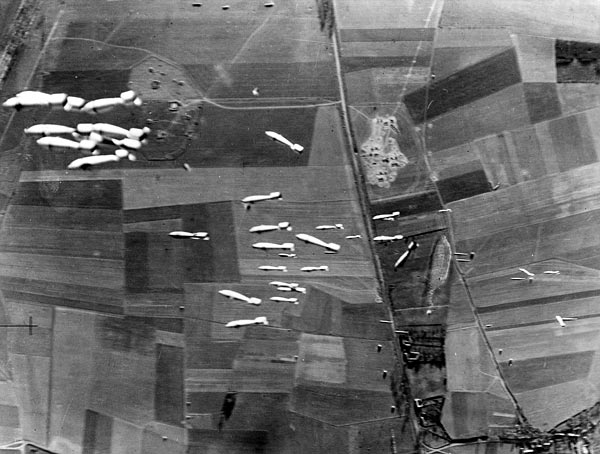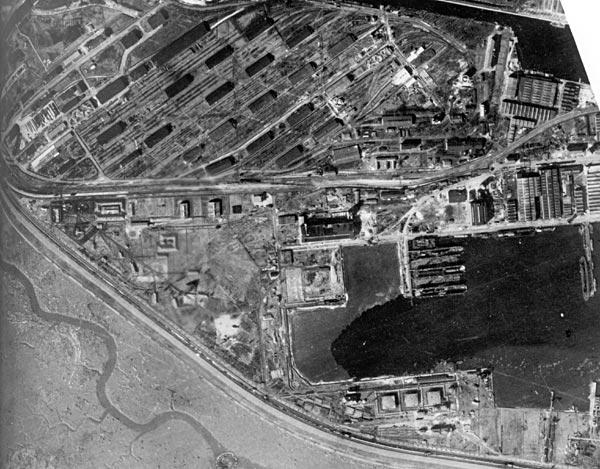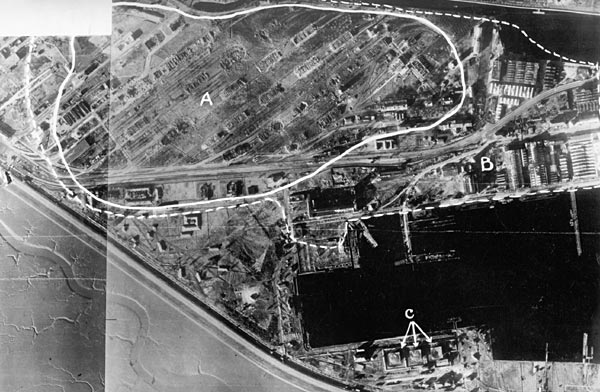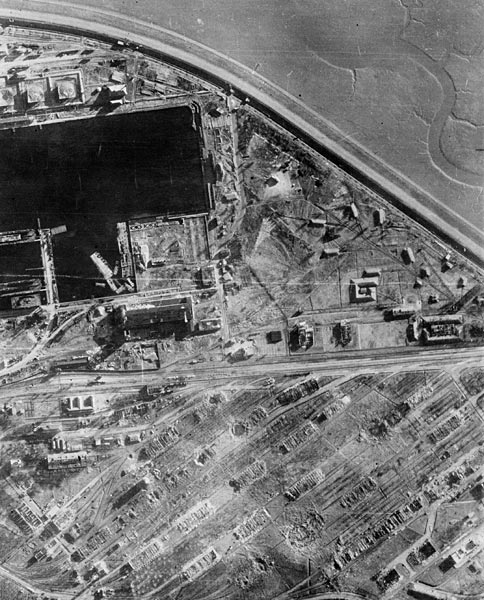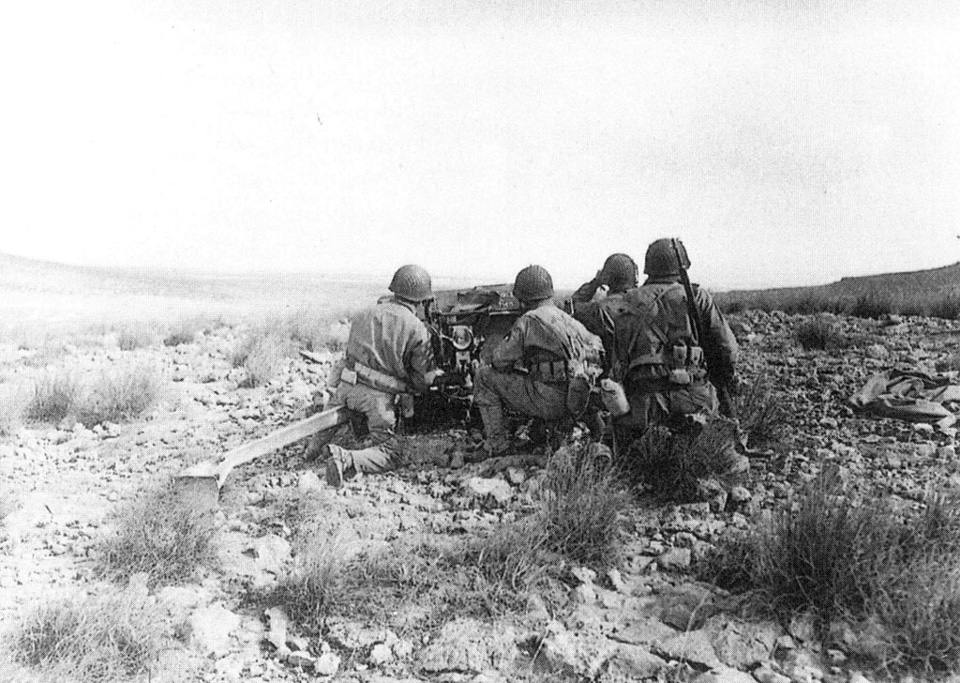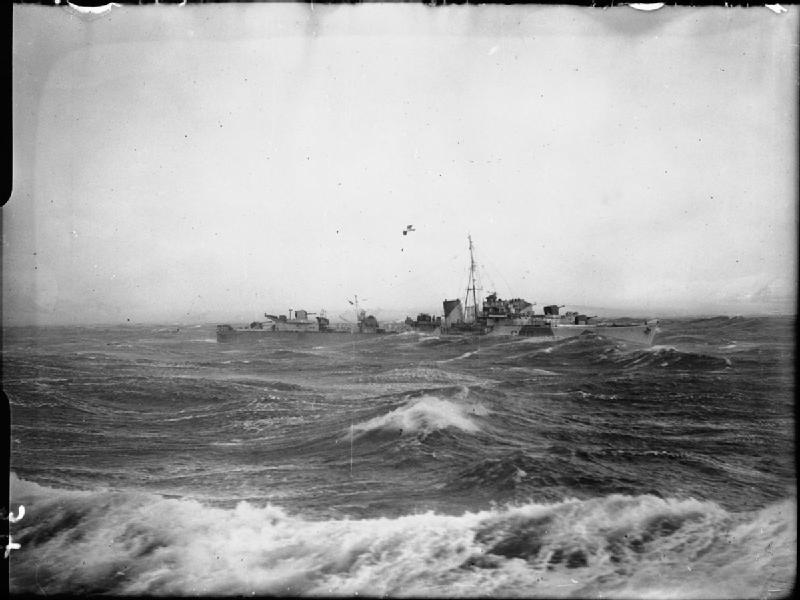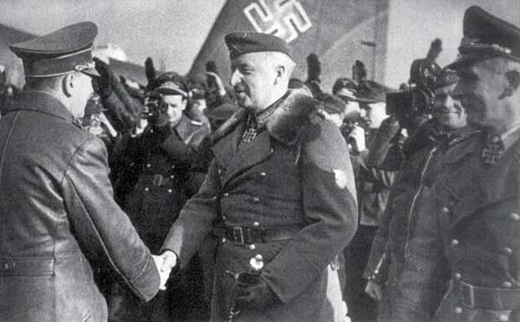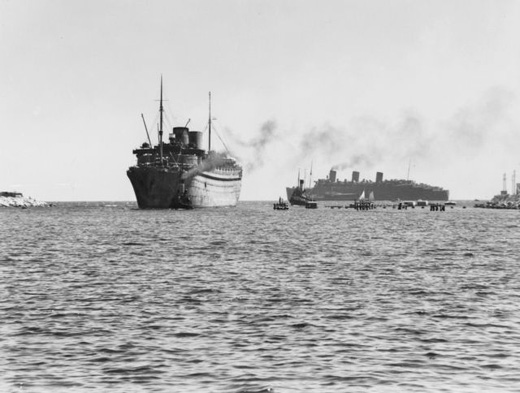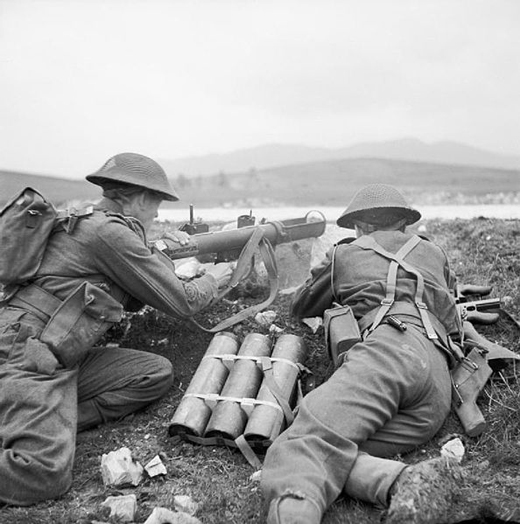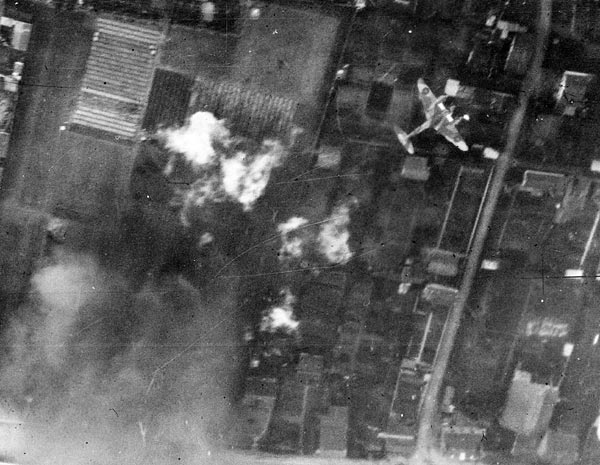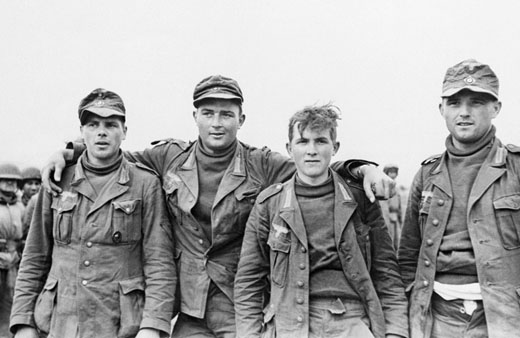Air Operations, Bismarcks
43rd Heavy Bomb Group B-17s attack airfields at Rabaul.
[Air Operations, CBI
BURMA7th Heavy Bomb Group B-24s attack storage facilities near Rangoon.
[Air Operations, Solomons
- XIII Bomber Command B-17s attack shipping in the Shortland Islands and around Bougainville.
- At 1300 hours, 3 large US Navy landing craft and 2 destroyers sailing around Guadalcanal’s Cape Esperance after landing US Army ground troops behind Japanese lines are attacked by 14 D3A 'Val' Divisione bombers. The 'Vals' fatally damage 1 destroyer and near-miss the other. VMF-112 and VMO-251 F4Fs down 2 'Vals' and 18 of 30 A6M Zero escorts, 2 VMSB-131 SBD crews down 2 Zeros, and a 347th Fighter Group P-39 downs 1 Zero.
- At 1820 hours, 17 Cactus Air Force SBDs and 7 TBFs, escorted by 17 F4Fs and an unknown number of 347th Fighter Group fighters, attack a force of as many as 20 Japanese destroyer-transports in New Georgia Sound near New Georgia. As it turns out, these ships are on their way to Guadalcanal to evacuate Japanese Navy ground troops. 1 destroyer is seriously damaged, and 3 SBDs are lost with their crews.
Air Operations, Tunisia
- XII Bomber Command B-17s attack the port and shipping at Tunis and shipping at La Goulette.
- 12th Air Force fighters provide direct support for Allied ground forces in the Sened-Maknassy area.
- 12th Air Force A-20s and P-40s bomb tanks and vehicles near Sidi Khalif.
- P-40 pilots ot the 33rd Fighter Group's 59th Fighter Squadron attack a force of fighter-escorted Ju-87 dive-bombers between Gafsa and Maknassy about 0730 hours. During a brief fighte 4 Ju-87s and 1 FW-190 are downed and others are damaged.
Allied Planning
Allied area commanders meet in New Delhi and decide to launch a major campaign to retake all of Burma beginning in November. The ultimate objective is to clear the way into China which will be used as a base for direct action against Japan.
[Burma
In the Arakan the 55th Indian Brigade, which has replaced the 47th, renew their attack on Donbaik but can make no progress. Japanese anti-tank guns knock out some tanks supporting the action.
[CBI
The Allies open a conference at New Delhi to develop a campaign plan for the reconquest of Burma and to open a land supply route to China. The operation, scheduled to begin in November of 1943 is code named ANAKIM.
[Eastern Front
The Russians follow up the offensive opened on January 12 by the Bryansk, Voronezh, southwestern and southern armies against Army Group B under Gen Maximilian von Weichs and the Don Army Group under Manstein. The Russian 3rd Armored Army captures Svatovo, southeast of Kharkov between Kupyansk and Starobelsk, cutting the railway joining this city with the Don basin.
SOUTHERN SECTORThere is heavy fighting in the Tractor Factory as Gen Karl Strecker's XI Corps is pounded by the Don Front. Over 4,000 men are killed or wounded as the Red Army launches concentrated tank and infantry attacks, supported by massive artilleryy fire.
The main part of the Don Front is moving to the west to join the line fighting the Germans in the Ukraine. Voronezh Front begins its new attacks toward Kursk and Kharkov, 3rd Tank Army taking Svatovo as it crossed the Oskol near Valuyki. The tank army runs into elements of the II SS Panzer Corps north of Kupyansk and is involved in heavy fighting.
Southwest Front attacks with its 6th Army and 1st Guards Army. Gen Markian Popov crosses the Donets with his IV Guards Tank Corps and captures Kramatorsk, while X Tank Corps moves up to support. Elements of 1st Guards crosses the Northern Donets west of Krasny Liman, forcing the Germans back to Barvenkovo. Other units enter Lisichansk but are halted by the 19th Panzer Division.
GERMAN COMMANDHitler's headquarters issues the official communiqué on the defeat at Stalingrad:
'The Battle for Stalingrad has ended. True to its oath to its last breath, 6th Army, under the exemplary leadership of Field Marshal Paulus, has succumbed to the overwhelming strength of the enemy and to unfavorable circumstances. The enemy's two demands for capitulation are proudly rejected. The last battle was fought under a swastika flag from the highest ruin in Stalingrad.'
[Guadalcanal
The command of the western pursuit passes from Gen Alphonse DeCarre to Gen Edmund Sebree. The 1st Battalion, 147th Infantry, assisted by artillery and naval gunfire, again attempts unsuccessfully to cross the Bonegi River mouth to join forces with the 3rd Battalion on the west bank, but does force the enemy rear guards from the eastern bank. The destroyer and field artillery fire into the Bonegi River valley and patrols, finding that the enemy has withdrawn from the east bank, reach the river mouth by 1525, but the battalion does not cross. Using 6 tank landing craft the 2nd Battalion, 132nd Infantry, Americal Division, under Col Alexander M. George, makes an unopposed landing at Verahue, to the rear of the enemy in the Cape Esperance area. The intent of this force is to prevent further Japanese landings at Cape Esperance, Visale, and Kamimbo Bay and to press the enemy's rear. The Americans are aware of the Japanese naval activity but believe that it heralds a new offensive. During the night the Japanese begin the evacuation of their forces by sea from Cape Esperance. Instead, during the night the Japanese start to re-embark the remains of their 17th Army. 5,000 men are evacuated by a force of 20 destroyers, one of which is sunk by air attack. This action by the Japanese is part of Operation KE which will continue until February 7.
[Mediterranean
- The British cruiser-minelayer Welshman is sunk by U-617 35 miles east-northeast of Tobruk with a loss of 150 Royal Navy officers and men. Only a few survivors are rescued by the the British destroyer escorts Belvoir and Tetcott.
- U-118 lays a minefield in the Straits of Gibraltar. 4 ships will be sunk and 3 damaged as a result of this minefield.
New Guinea
Small American detachments advance west along the north coast towards the mouth of the Kumusi River. Australian forces manage to hold off Japanese attempts to tak Wau airfield even though the Japanese advance comes within 1150ft of the airfield's center. The Japanese begin withdrawing from Wau.
. [North Africa
TUNISIAIn British 1st Army's US II Corps area, Combat Command A, 1st Armored Division, continues its attack toward Faïd Pass after a very heavy artillery bombardment, but makes little progress. French units and Combat Command A then organize defense positions and remain in place to await reinforcements. The British 1st Army cancels the projected attack on Maknassy because of an enemy threat west of Kairouan. The II Corps, protecting the right flank of Allied forces, is to employ Combat Command C and Combat Command D, 1st Armored Division, as mobile reserve near Sbeïtla, although Combat Command D is to secure a more favorable position 3-4 miles east of Sened Station first. Brig-Gen Ray E. Porter is to command Combat Command D temporarily, relieving Col Robert V. Maraist. Combat Command D, reinforced by the 1st Battalion, 168th Infantry, 34th Division, attacks and captures Sened Station. Combat Command C, almost through Maizila Pass, north of Maknassy, withdraws to Sbeïtla and from there to Hadjeb el Aïoun.
[Pacific
- After transporting the 2nd Battalion, 132nd Infantry to Guadalcanal, 3 LCTs, escorted by US destroyer Nicholas (DD-449) and Dehaven (DD-469), come under attack from Japanese planes 3 miles south of Savo Island. Dehaven is sunk by 3 bombs and Nicholas is damaged by near misses. LCT-63 and LCT-181 rescue 146 Dehaven sailors.
- The US submarine Tarpon (SS-175) sinks the Japanese merchant passenger-cargo ship Fushimi Maru (10,935t) about 20 miles south of Omai Zaki, Japan.




